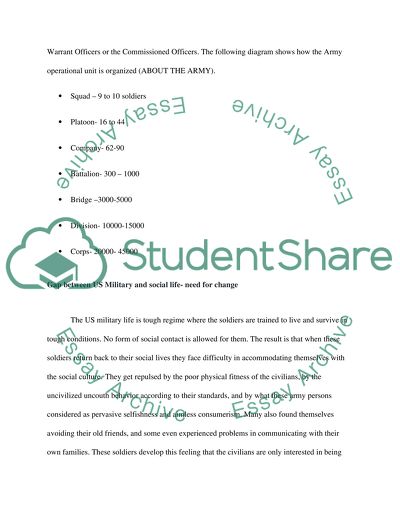Cite this document
(Organizational Change in The U.S. Army Case Study, n.d.)
Organizational Change in The U.S. Army Case Study. https://studentshare.org/military/1601333-organizational-change
Organizational Change in The U.S. Army Case Study. https://studentshare.org/military/1601333-organizational-change
(Organizational Change in The U.S. Army Case Study)
Organizational Change in The U.S. Army Case Study. https://studentshare.org/military/1601333-organizational-change.
Organizational Change in The U.S. Army Case Study. https://studentshare.org/military/1601333-organizational-change.
“Organizational Change in The U.S. Army Case Study”. https://studentshare.org/military/1601333-organizational-change.


